One of the main concerns we have around new technology is privacy. Am I being watched? Is there some sort of Big Brother surveillance in my home (or in my phone)? It’s so common that we thought it was about time to discuss monitoring.
What does it really mean to monitor an environment or to monitor a person with technology? What about monitoring a health concern or, the one that sparks the most concern, to feel monitored?
There are certain times when we accept (or even expect) to be monitored, but other times when the word itself can feel intrusive.
If I have a health concern, certainly that should be monitored with vigilance. But, if I’m just going about my day in my home, no thanks. Here’s the thing – those two things can sometimes overlap, and well-being can be greatly improved with some monitoring.
The most important thing to say is that monitoring does not mean that cameras are involved. The technology we’re speaking about here is all based on smart, unintrusive sensors. Now that’s out of the way, let’s chat privacy.
Everyone’s right to privacy
We’ll begin by dispelling some other words that can be associated with elderly home monitoring – surveillance, Big Brother, following, observing … These words can feel like a complete intrusion, like your privacy is being compromised. And, for independent elderly people, they may be asking, “Why do I need in-home monitoring technology?”
The first part of this answer is fairly simple; to live independently at home, for longer.
With in-home monitoring technology (you can read more about the ins and outs of the tech here), the home environment becomes a safer place. A place where wellbeing is prioritised, and risks or concerns are detected early.
That leads us to the second answer, prevention.
In-home sensor technology allows family members to stay connected and notice any changes that may indicate an underlying health concern with their parent. There are no cameras, just some discrete sensors that can note daily activity or routine changes.
There is a whole list of reasons why in-home monitoring for elderly parents can help – from connection and peace-of-mind, to fall prevention and social confidence. But let’s talk first about talking.
We often call these sensors, conversation starters
When you have the information on daily routine changes, it can spark necessary conversations. Take Brenda for example. At 87, Brenda lives independently with InteliLiving sensors around her home.
Her daughter, Jane, logged into the app and noticed a change in the frequency of bathroom visits during the night. The data sparked a conversation that led to a quick GP visit and a urinary tract infection (UTI) diagnosis. Because undiagnosed UTIs lead to delirium and delirium is a major cause of falls, this diagnosis could have prevented a fall.
“Brenda played an active role in deciding where to place the sensors but didn’t want to self-monitor. Instead, the sensors provide a 24/7 connection with and peace of mind for her children, who can look out for Brenda without having to panic if she doesn’t answer the phone.”
This 24/7 connection is just that, a connection not an intrusion. Because, like Brenda, your elderly parents can be in control of the sensor’s placements. And playing an active role in how the technology is placed around the home can ease concerns around surveillance and privacy.
The peace-of-mind factor
We all know the worry we feel when a loved one doesn’t answer their phone. Then you try again and, nothing. Another unanswered call and you’re ready to call in back up. This is where remote alarm monitoring services can dissolve worry, instantly, without intrusion. It’s essentially the same as a check-in, but without the fractious phone calls. Morning notifications, warning alerts, and red alerts are all part of the package and you can check the app anytime, day or night, to connect you to your parent’s day without all the worry.
No one speaks of this worry quite like Jean Kittson. Her humour and candour produces lines like, “OK, we can call daily, hourly. We can casually examine their cars for dings and scratches. Then examine them for dings and scratches, until they seriously wonder about our mental health.”
In-home monitoring technology can be the answer to worry’s question. Then, there’s the one worry that most people with elderly parents know all too well … a fall.
Falls detection
Perhaps a fall has already happened or maybe there’s been a few close calls. Either way, elderly monitoring devices are often used in case of a fall. This technology takes it one step further.
While fall detection pendants can certainly be part of the InteliLiving package, fall prevention is first on the agenda. With ongoing sensor data, you can track changes in daily routine that could indicate an underlying health concern.
Frequent trips to the bathroom, walking around the home uncharacteristically at night, not leaving the home, reduced visits to the kitchen; these things could indicate a fall risk – such as dehydration – and ultimately prevent a fall if detected early.
Registered Nurses and Occupational Therapists specialising in gerontology look for signs of too much activity (hyperactivity) and too little activity (hypoactivity) in the elderly. These things can indicate an underlying issue or decline that might cause loss of independence, or worse, trigger an accident. Again, it’s all about prevention.
We connect, we detect, we prevent … we don’t watch
One of the questions we often get is, “Am I being watched?” The easy answer is, “No”. Without cameras, this monitoring technology has no way of receiving visual data – i.e., no watching.
The only information received is motion. This is how we connect people to their elderly parents, detect changes that could indicate a health or wellbeing concern, and prevent things like falls. Minus the Big Brother.
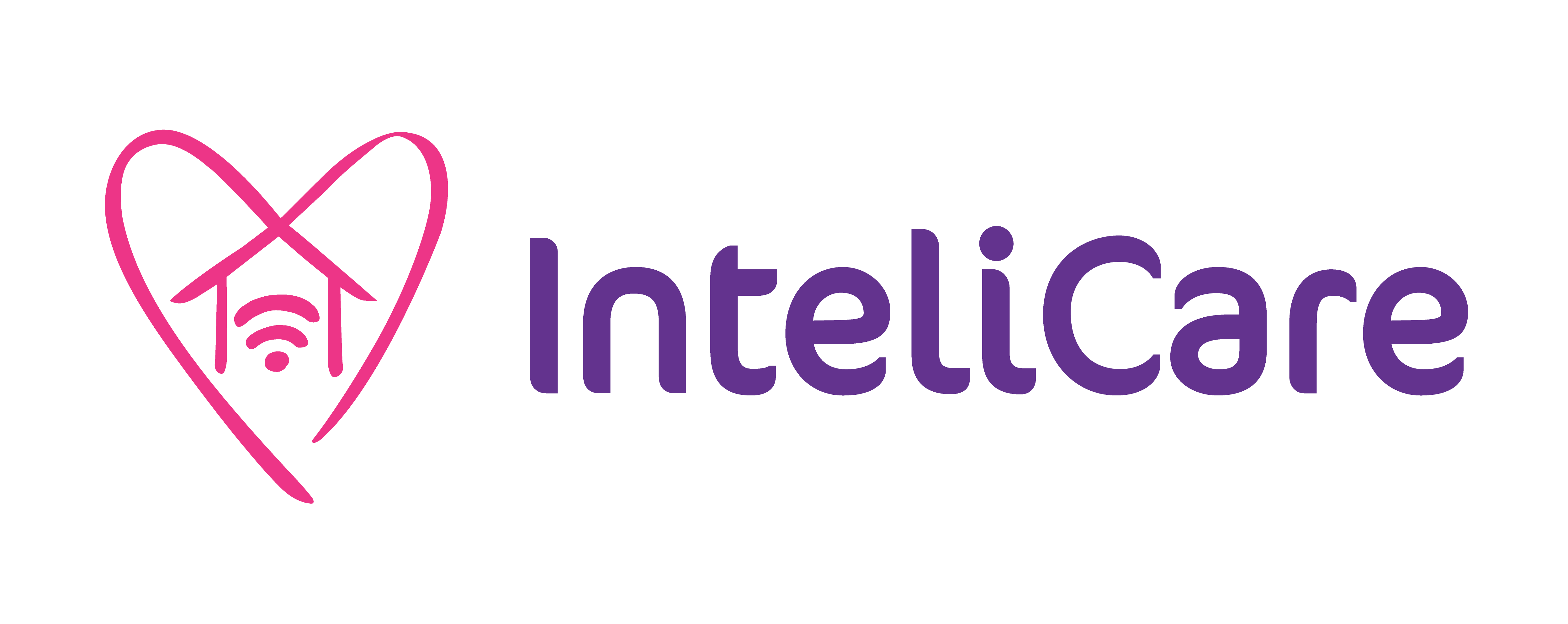
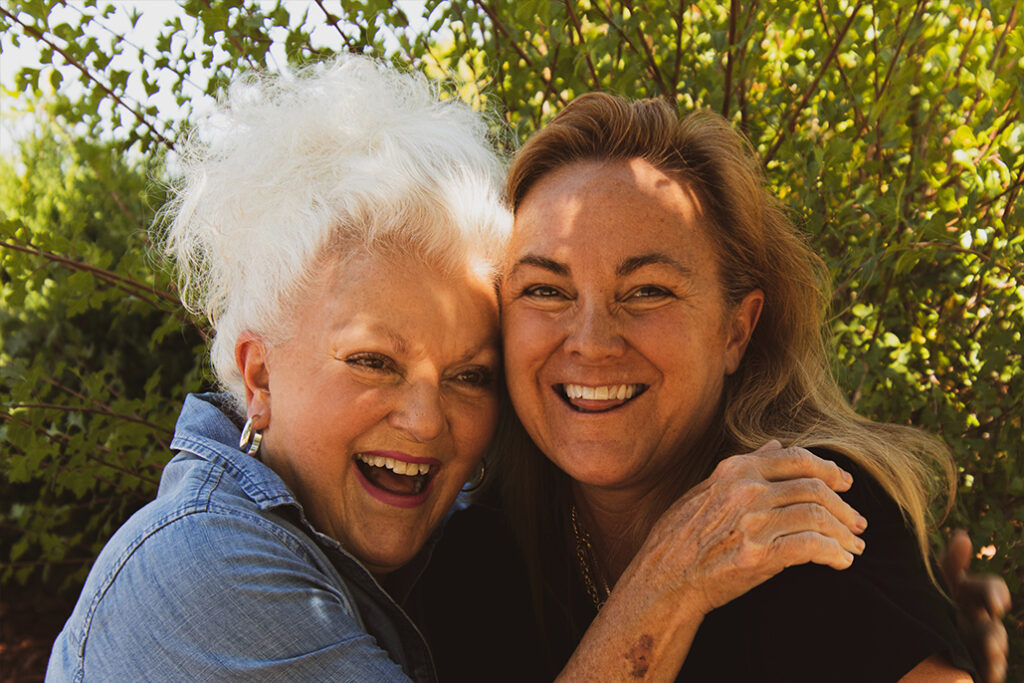
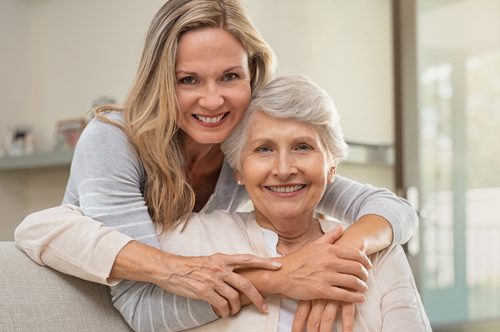

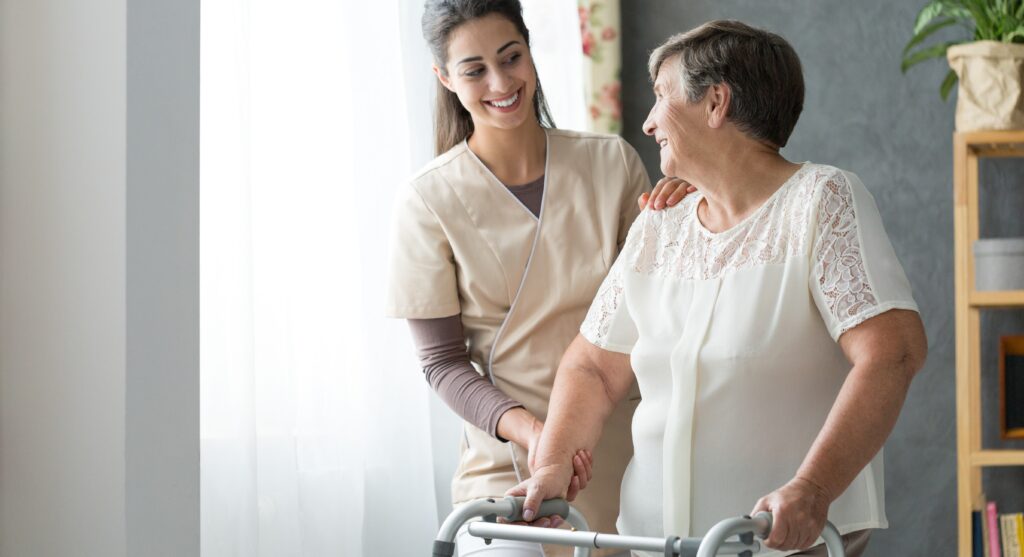
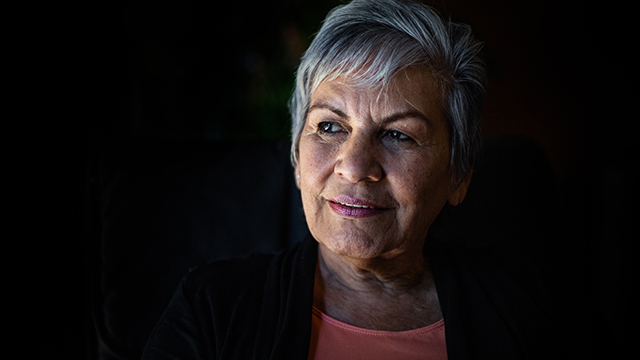

One Comment
M Martin
This is a great article. Thanks for sharing, very insightful : – )